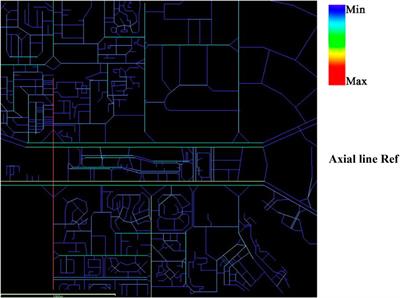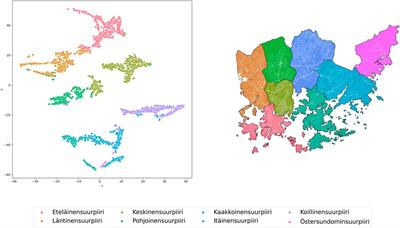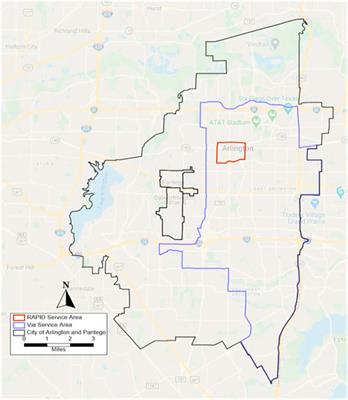EDITORIAL
Published on 02 Aug 2024
Editorial: Trends to promote active transport in future cities
doi 10.3389/fbuil.2024.1467563
- 693 views
2,329
Total downloads
22k
Total views and downloads
You will be redirected to our submission process.
EDITORIAL
Published on 02 Aug 2024
ORIGINAL RESEARCH
Published on 31 Aug 2023

ORIGINAL RESEARCH
Published on 03 Jul 2023

ORIGINAL RESEARCH
Published on 15 Jun 2023

ORIGINAL RESEARCH
Published on 04 May 2023

